Excel Analytics: Linear Regression Analysis in MS Excel
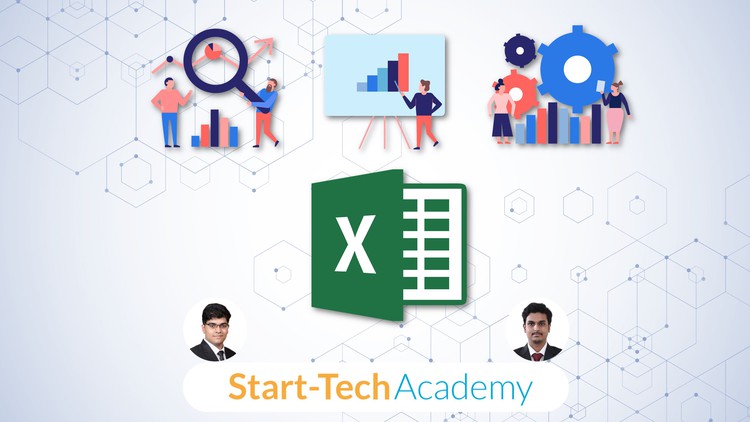
Why take this course?
¡Hola! It seems like you're looking for guidance on how to approach learning machine learning, particularly focusing on linear regression using R. The message you've shared outlines a comprehensive path to understanding and applying linear regression within the context of machine learning. Here's a step-by-step summary based on the information provided:
-
Understanding Business Knowledge: Before jumping into technical skills, it's crucial to have a solid grasp of business concepts as they relate to data analysis. This will help you apply your machine learning knowledge effectively within real-world contexts.
-
Data Exploration: Begin by exploring the dataset you're working with. This involves understanding the distribution and nature of each variable, detecting outliers, and dealing with missing values.
-
Uni-variate Analysis: Analyze variables individually to understand their distributions, using histograms, box plots, and summary statistics.
-
Bi-variate Analysis: Investigate the relationships between pairs of variables, which can be done using scatter plots and correlation analysis.
-
Outlier Treatment: Identify and handle outliers appropriately as they can skew your results and lead to incorrect conclusions.
-
Missing Value Imputation: Learn how to manage missing data in your dataset, which is common in real-world datasets.
-
Variable Transformation: Apply transformations such as logarithmic or polynomial transformations if the relationship between variables is not linear.
-
Correlation: Understand correlation and its implications for machine learning models, particularly regression.
-
Simple Linear Regression: Start with a model that predicts a single outcome variable based on one or more predictor variables.
-
Multiple Linear Regression: Extend your knowledge to models that use multiple predictors to forecast an outcome variable.
-
Model Accuracy Quantification: Learn metrics and statistics such as R-squared, F-statistic, p-values, and confidence intervals to evaluate how well your regression model fits the data and how confident you can be about its predictions.
-
Categorical Variables in Regression: Understand how to include categorical variables in your regression models (e.g., using dummy/indicator variables).
-
Advanced Linear Models: Explore variations of ordinary least squares, such as Ridge, Lasso, and Elastic Net regression, which can be useful for dealing with multicollinearity or for feature selection.
-
Interpretation of Results: Learn how to interpret the results of a regression model in the context of a business problem, which is critical for making informed decisions based on the model's output.
-
Practice and Implementation: Apply what you've learned by working with actual datasets, both provided within the learning material and additional projects that you choose to tackle.
-
Advanced Machine Learning Techniques: Once you have a firm grasp of linear regression, consider exploring more complex machine learning models, such as decision trees, random forests, support vector machines, and neural networks.
Remember, the key to mastering any aspect of machine learning is a combination of understanding the theory, practicing with real data, and applying your knowledge to solve problems. The resources provided in the course you're interested in, including videos, practical examples, and datasets, are designed to guide you through this process step by step.
If you have any specific questions about linear regression or machine learning concepts, feel free to ask!
Course Gallery
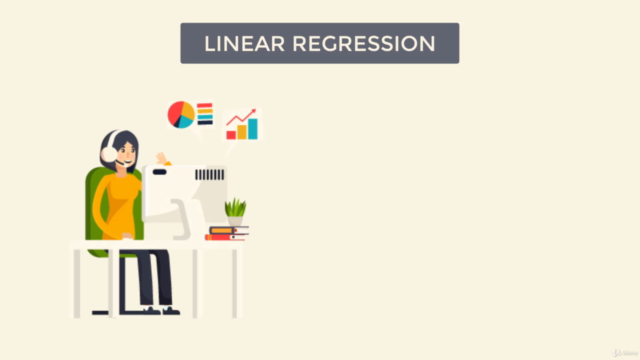
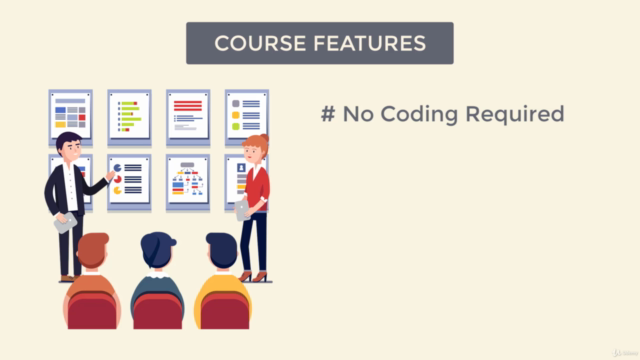
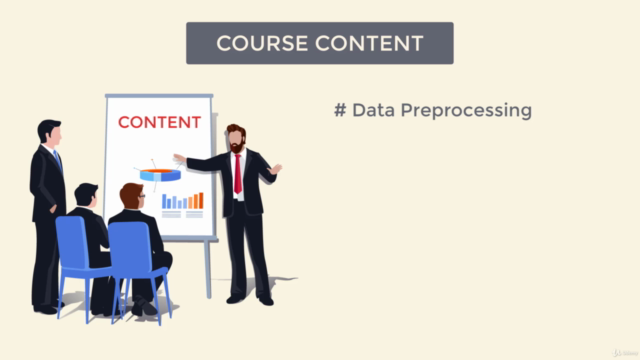
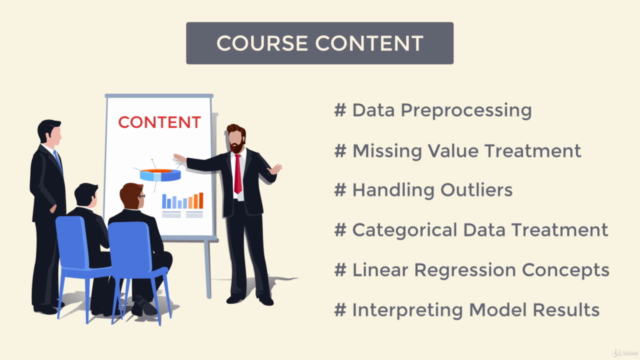
Loading charts...